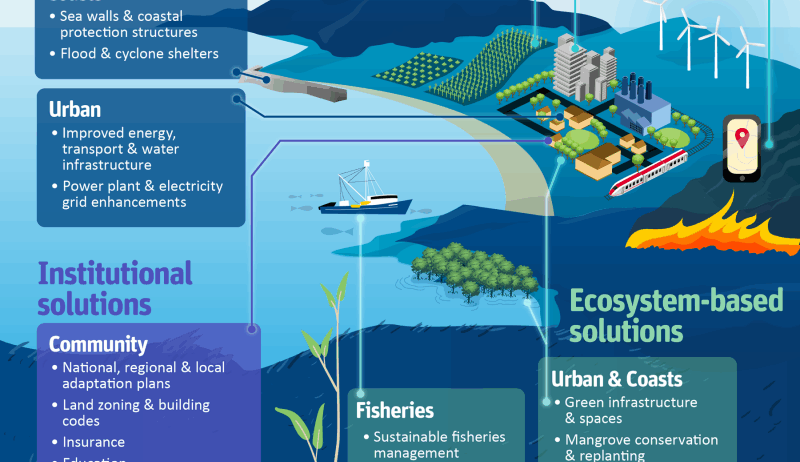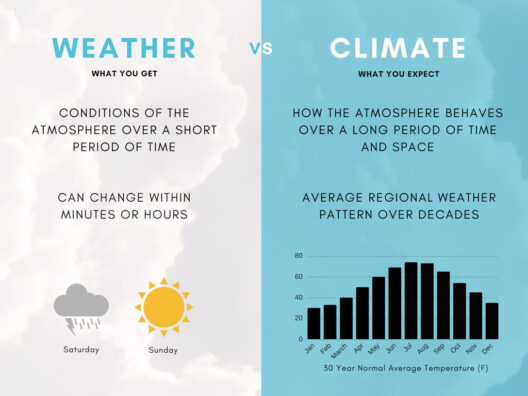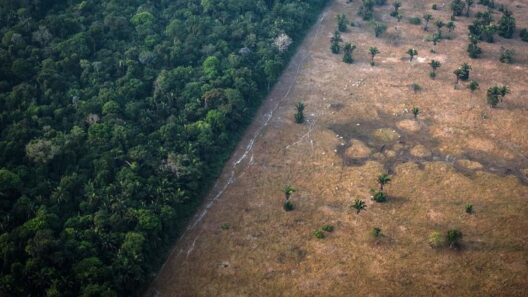Global warming is a formidable specter looming over the planet, yet it casts the longest shadow in regions like Colorado, where the interplay of landmarks and climate create a unique challenge. As we traverse this landscape of breathtaking mountains and expansive skies, it becomes evident that local solutions can make a substantial difference. Addressing global warming isn’t merely a cosmopolitan concern; it’s a matter of local symbiosis and innovative strategies. A canvas of opportunities emerges when we look closely at what Colorado can enact.
1. Embracing Renewable Energy
Picture the sun’s radiant embrace shining over the vast ranges of Colorado, an invaluable resource waiting to be harnessed. Transitioning from fossil fuels to renewable energy sources stands as one of the most pivotal strategies in combating climate change. Solar energy, in particular, offers a cornucopia of potential. With over 300 days of sunlight yearly, communities can invest in solar panel installations, not only on residential rooftops but also on commercial buildings and public infrastructures. Wind energy, too, holds promise, as Colorado is home to some of the most robust wind corridors in the United States. By amplifying investments in these clean energy sectors, we can reduce greenhouse gas emissions and create sustainable jobs, painting a greener future for generations.
2. Reimagining Transportation Systems
The lungs of our urban ecosystems—the transportation networks—exhale significant emissions. In Colorado, there is a burgeoning opportunity to transform how we traverse our cities. By advocating for public transportation improvements, such as expanding bus and light rail systems, we reduce dependence on individual car travel. Bicycle infrastructure is another avenue worth exploring. Cities like Boulder and Denver provide the groundwork for a biking revolution; embedding bike lanes and shared bike programs can lead to healthier lifestyles while diminishing carbon footprints. Encouraging electric vehicle (EV) adoption, paired with the strategic placement of charging stations, presents a robust countermeasure to fossil fuel reliance. Each mile traversed in an electric vehicle signifies a step toward a sustainable narrative.
3. Fostering Sustainable Agriculture
Imagine an agricultural landscape where harmony reigns between productive farming and ecological preservation. In Colorado, the agricultural belt is ripe for reimagination. Sustainable farming practices, such as crop rotation and organic farming, promulgate healthier soil and ecosystems while sequestering carbon. Water conservation is another urgent consideration; adopting techniques such as drip irrigation ensures minimal waste, which is essential in arid environments. Urban agriculture initiatives can also flourish, with community gardens sprouting in cities, reinforcing local food systems and diminishing food miles — all essential components in combating global warming.
4. Reviving Forest Ecosystems
The forests of Colorado serve as both a literal and metaphorical bastion against climate change. They are crucial carbon sinks, absorbing carbon dioxide and releasing oxygen. Therefore, enhancing forest management strategies is imperative. Controlled burns and sustainable logging practices can mitigate the risk of catastrophic wildfires, which have grown alarmingly due to climate change. Initiatives to restore native flora can bolster biodiversity, while community programs to promote reforestation efforts kindle communal spirit and commitment to environmental stewardship.
5. Enhancing Energy Efficiency
In the grand theater of climate action, energy efficiency is the understated protagonist. Retrofitting existing buildings with energy-efficient technologies, such as LED lighting, smart thermostats, and enhanced insulation, can significantly curtail energy consumption. Incentivizing green building codes ensures that new constructions adhere to sustainability standards. Moreover, community awareness campaigns can shine a light on the benefits of energy efficiency, sparking grassroots advocacy for behavioral changes. Simple acts like turning off lights or utilizing energy-efficient appliances comprise the chorus of change.
6. Promoting Conservation and Water Management
Water conservation emerges as a paramount pillar in safeguarding Colorado against the brunt of climate change. The state, often characterized by its arid climate, is susceptible to water scarcity. Implementing innovative water management practices, such as rainwater harvesting and xeriscaping, provides avenues for efficiency. Creating awareness programs that educate citizens on reducing water use, alongside collaborations with local industries to minimize waste, fosters a culture of conservation.
7. Engaging Communities in Climate Action
At its core, combating global warming relies upon the symphonic collaboration of community engagement. Grassroots organizations can act as catalysts, uniting citizens in a shared mission to embrace sustainability. Programs that encourage volunteerism for local environmental projects, from park clean-ups to tree planting initiatives, build environmental consciousness. Educational outreach in schools imbues the next generation with a sense of responsibility, fostering an ethos of stewardship that transcends generations. When communities come together, the echoes of their collective action can resonate far and wide.
8. Lobbying for Policy Changes
The importance of policy should not be overlooked. Engaging with local governments to advocate for stringent climate policies can catalyze significant systemic changes. Formulating measures that support energy transition, vehicle emissions standards, and conservation incentives can sculpt a framework for sustainable growth. Participation in town halls and civic discussions empowers citizens to shape policies that resonate with community values, paving the way for tangible progress.
In summation, Colorado stands at a pivotal crossroads, where local solutions can harmoniously converge to combat the relentless advance of global warming. Together, through leveraging renewable energy, reimagining transportation, fostering sustainable agriculture, preserving forests, enhancing energy efficiency, managing water wisely, engaging the community, and advocating for impactful policies, a resilient and vibrant ecosystem can emerge. Each action, no matter how small, contributes to a grand tapestry of change—a testament to the power of community in facing the climate crisis. Embrace the challenge, for the stakes are high, but the potential is transformative.







